A Tea Master’s Wish: Weaving the Legacy of Marumasa “May it be tea that is always by people’s side.”【Makinohara tea, Shizuoka Prefecture】
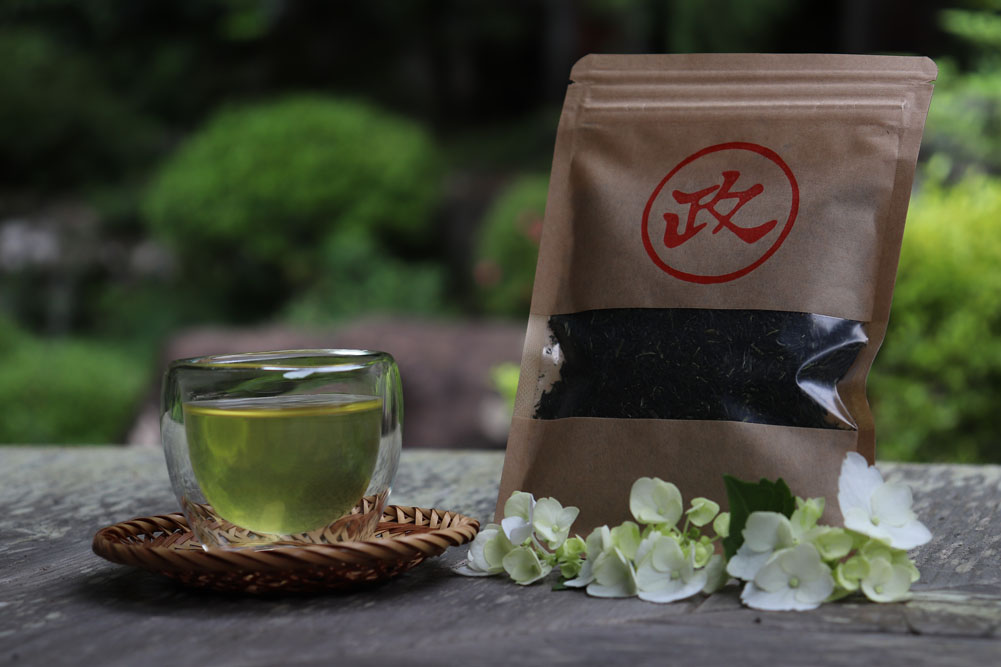
Today, the role of a “tea master” is very diverse. Tea farmers harvest fresh leaves from tea fields and make aracha(pre rifined unrefined tea). Tea wholesalers make aracha into marketable products. Hand-picked tea masters and Japanese tea instructors serve tea at events and promote the tea industry. Tea masters are involved at all stages of the tea industry, specializing in a particular process.
In this edition, we interviewed Marumasa Tea Farm, represented by tea master Asuka Mabuchi, who is involved in every stage of the tea-making process. Marumasa Tea Farm has operated since the Edo period (1603-1868) and was a pivotal player in the local tea industry during the Meiji period (1868-1912). Ms. Mabuchi has inherited this rich history and continues tea production under the Marumasa name.
This article delves into Marumasa’s history, dating back to the Edo period, and features an interview with Asuka Mabuchi about her journey to becoming a tea master.
Contents
- 1 About Marumasa
- 2 Introduction to Marumasa Tea
- 3 Interview: The Spirit of the ‘Henge(Adapting) Tea Master’ and the Desire to Integrate Tea into Daily Life
- 3.1 From Tea Plantation to the Customer’s Doorstep: Mastering Every Step of the Tea-Making Process
- 3.2 The Evolution of the ‘Henge Tea Master’ from the Legacy of Marumasa Tea Masters to the Future
- 3.3 Growth into a “Henge Tea Master” Fueled by Encounters with Numerous Masters
- 3.4 Navigating a Challenging Present with Hope for the Future
- 3.5 The Journey of a Tea Master Inspired by the Joy of Tea in Daily Life
- 4 Information of Marumasa
About Marumasa
Marumasa is a tea farm located in Sakabe, Makinohara City, Shizuoka Prefecture. It is represented by Asuka Mabuchi.
Marumasa boasts a rich history, with records indicating that tea plantations have been established on its current land since the Edo period. Although the business experienced a hiatus, the ancestral tea plantation was preserved, and the freshly harvested leaves were sold wholesale to tea companies and other buyers in Makinohara City.
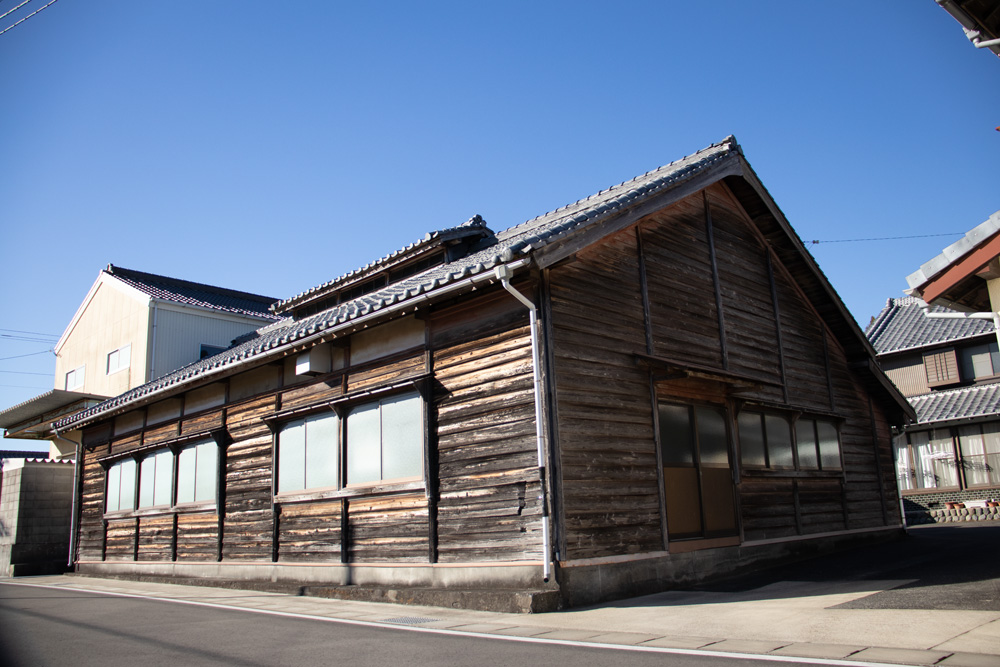
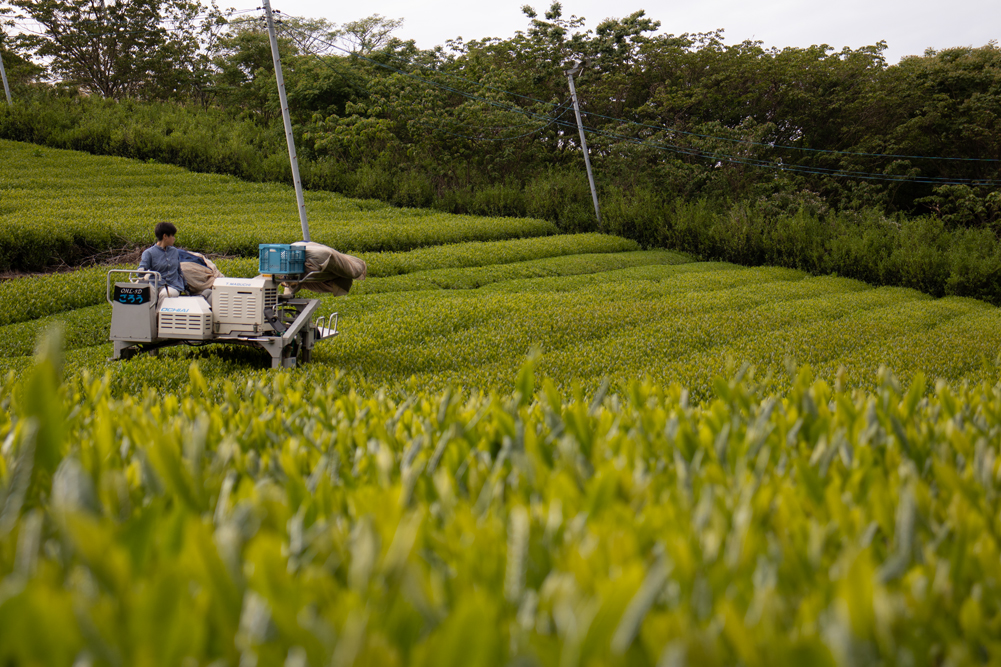
In 2021, Asuka Mabuchi, the fifth-generation descendant of the original founders, revived the Marumasa brand. She began producing tea as the master of Marumasa. Asuka Mabuchi is an active Shizuoka Prefecture Tea Hand Rolling Preservation Society member and holds certifications as an assistant Japanese Tea Hand Rolling Teacher and a Nihoncha Instructor.
Introduction to Marumasa Tea
At Marumasa, tea leaves hand-picked from our fields are transported to a tea factory leased from a tea industry partner, where Ms. Mabuchi personally oversees the production and sale of the tea. Marumasa’s philosophy centers around tea that is “by your side,” aiming to enhance daily interactions and experiences. We are pleased to introduce a selection of Marumasa’s teas in this section.
Gokuri [Sencha]
Gokuri is a medium-steamed sencha made from Tsuyu-hikari, a tea cultivar harvested on the 88 days of the first flush tea season. This tea features a harmonious balance of the fresh taste and aroma unique to first flush leaves and a subtle roasted fragrance. It captures the essence of shincha with both freshness and depth.

Susuri [Sencha]
Susuri is a shallow-steamed sencha from “Yamakai,” the earliest-sprouting tea cultivar in Marumasa’s tea garden. This tea is crafted to enhance the mellow aroma distinctive to Yamakai, its fragrance evident from the moment the seal is opened. Certified as one of Shizuoka’s 100 Best Mountain Teas, Susuri offers an exceptional sensory experience.
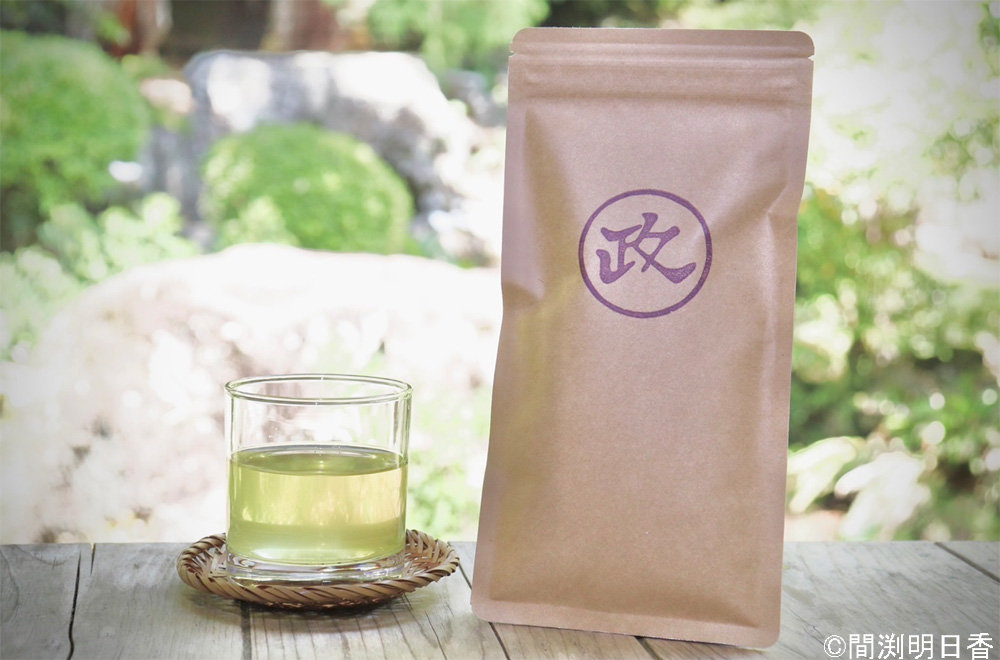
Katari [Japanese Black Tea]
Katari is a japanese black tea made from the “Shizuka 7132” cultivar, picked in June and aged in a cool, dark place for three months. It boasts a deep richness, a refreshing sweetness, and a caramel-like bittersweet aftertaste. Many loyal customers favor this tea as a delightful alternative to sweet treats.
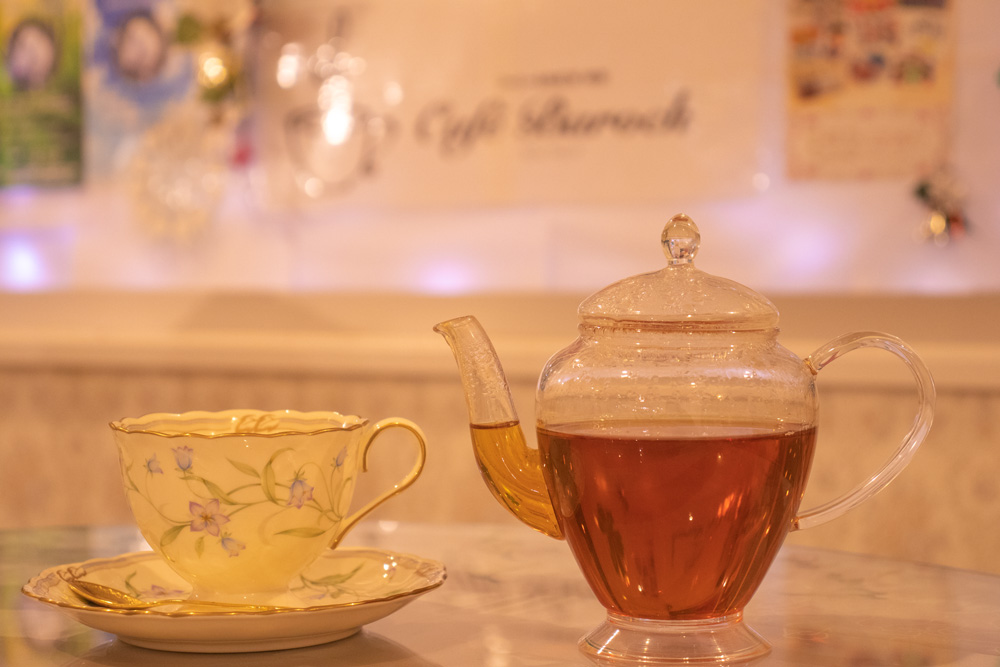
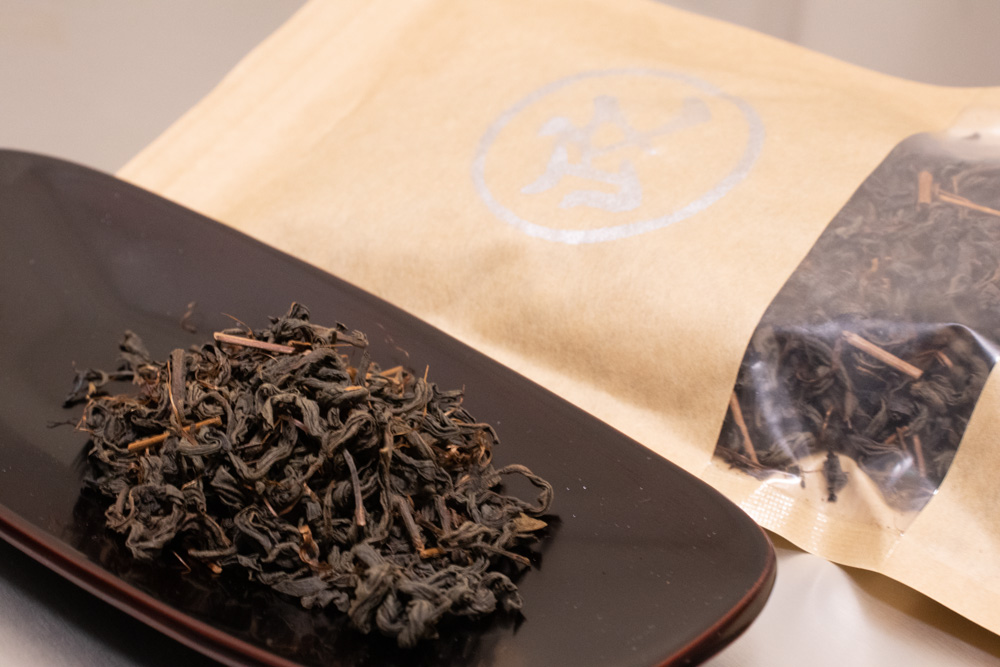
Interview: The Spirit of the ‘Henge(Adapting) Tea Master’ and the Desire to Integrate Tea into Daily Life
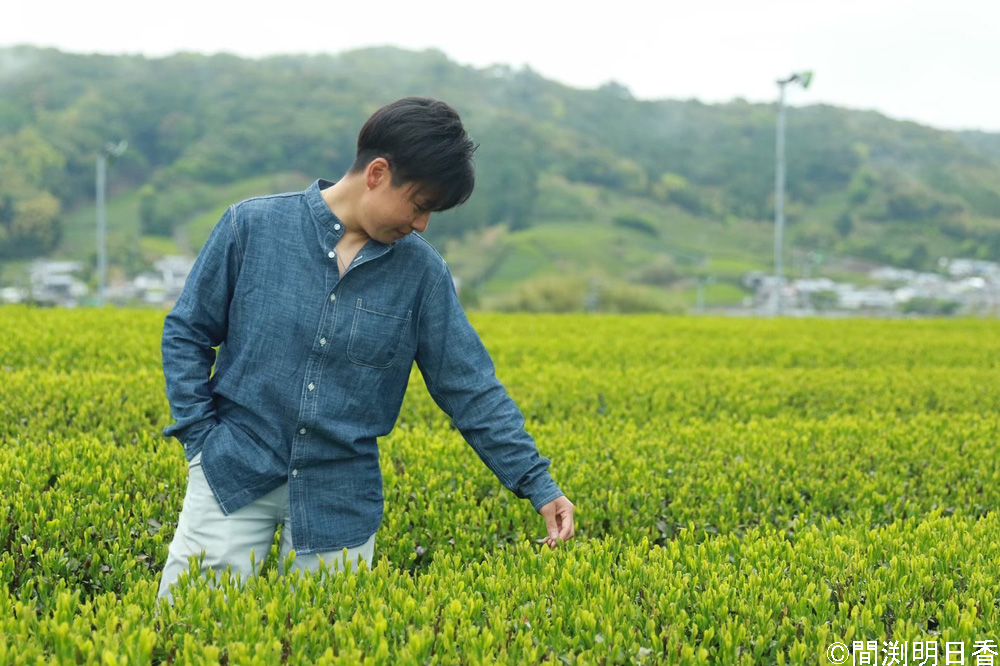
We had the pleasure of interviewing Asuka Mabuchi, the representative of Marumasa, known for her role as a ‘Henge Tea Master.”
From Tea Plantation to the Customer’s Doorstep: Mastering Every Step of the Tea-Making Process
–Ms. Mabuchi, you are working as a ‘Henge Tea Master” under the trade name Marumasa. Could you elaborate on your specific activities?
The ‘Henge Tea Master’ initiative is focused on creating unique teas that resonate with the drinker and convey the proper enjoyment of tea to consumers. The beauty of tea lies in its transformation, influenced by the cultivar of tea plants, the soil, the production methods, and the drinking experience.
As a tea master who has developed a comprehensive understanding of these elements, I have chosen to call myself a ‘Henge(adapting) Tea Master’.’ This term reflects my commitment to mastering and evolving every aspect of tea production. (*The term “Henge Tea Master” was coined by Ms. Mabuchi.)
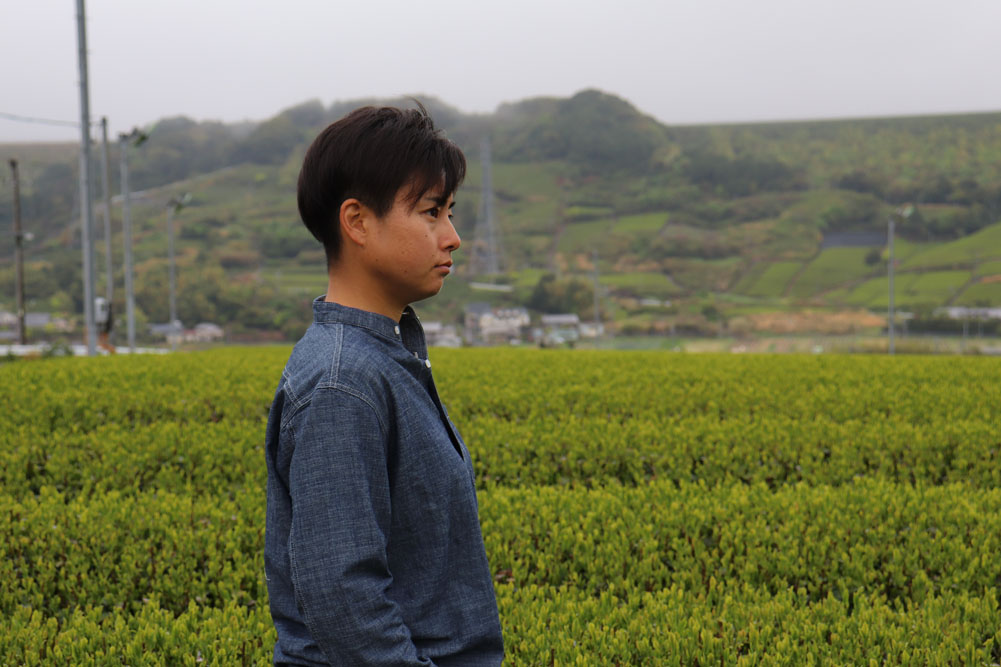
–This sounds like a highly ambitious initiative. Typically, Japanese tea undergoes several stages before reaching the consumer, including harvesting by tea farmers, production by tea factory workers, and blending and distribution by tea wholesalers. How do you manage to be familiar with all these processes?
Yes, I am involved in every stage of the tea-making process, from the tea plantation to the tea factory, all the way to the customer’s doorstep.
Typically, each step of tea production is carried out through a division of labor, with specialized “tea masters” overseeing various aspects of tea distribution.
However, I aim to be engaged in the entire process of tea making.
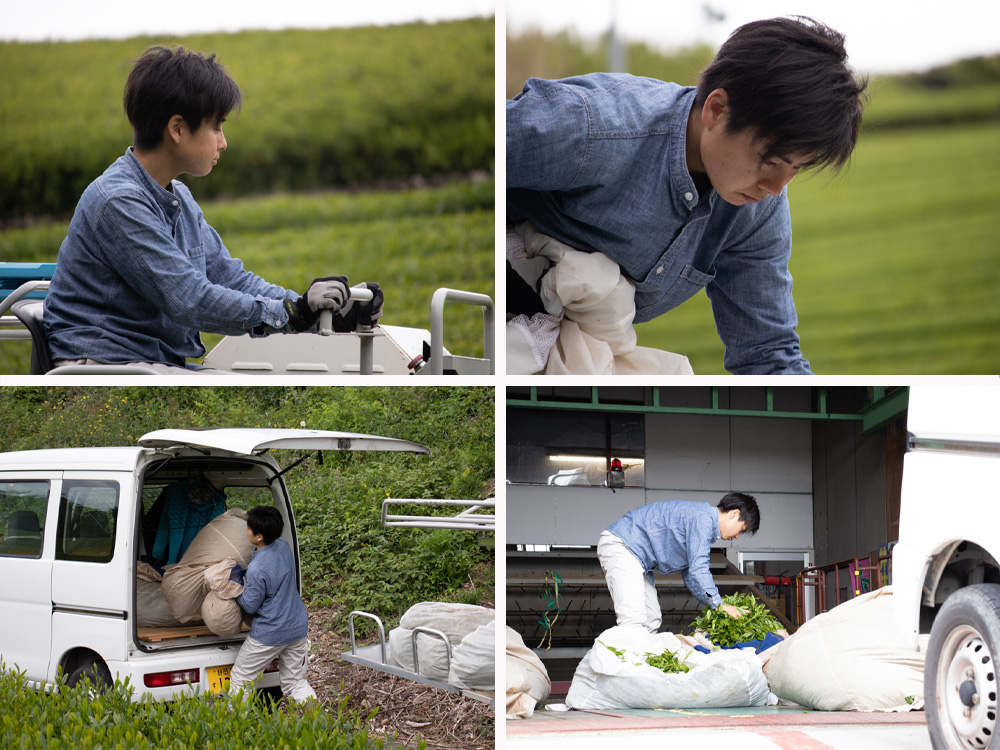
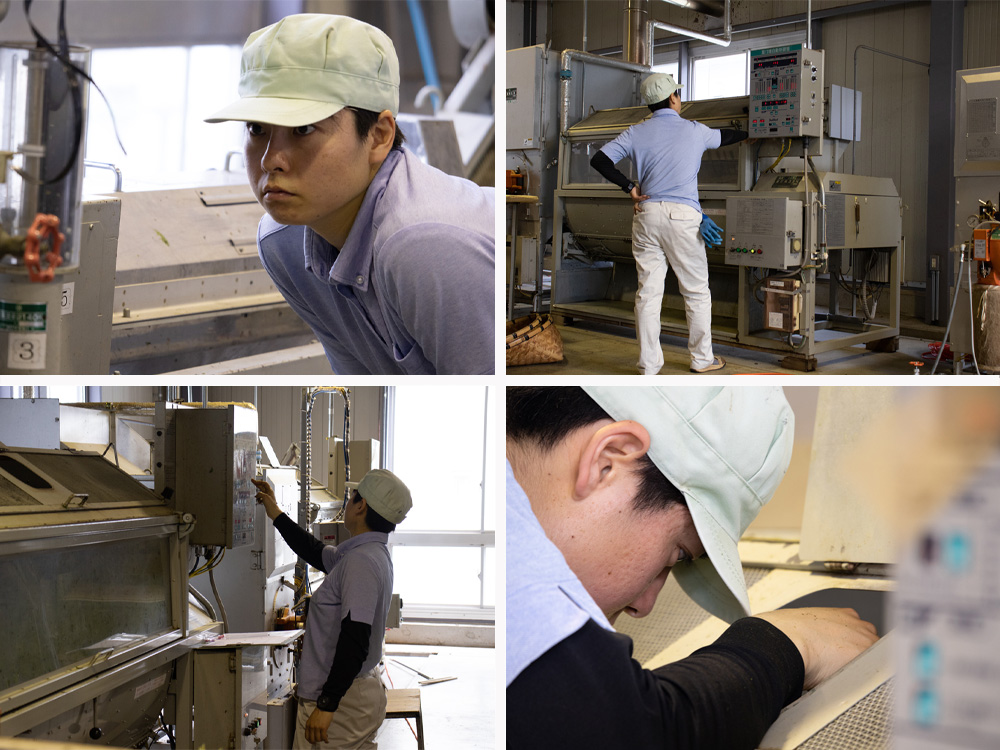
My ideal tea master is someone who can professionally “adapt” at any stage of the tea-making process and consistently strive to delight the customer.
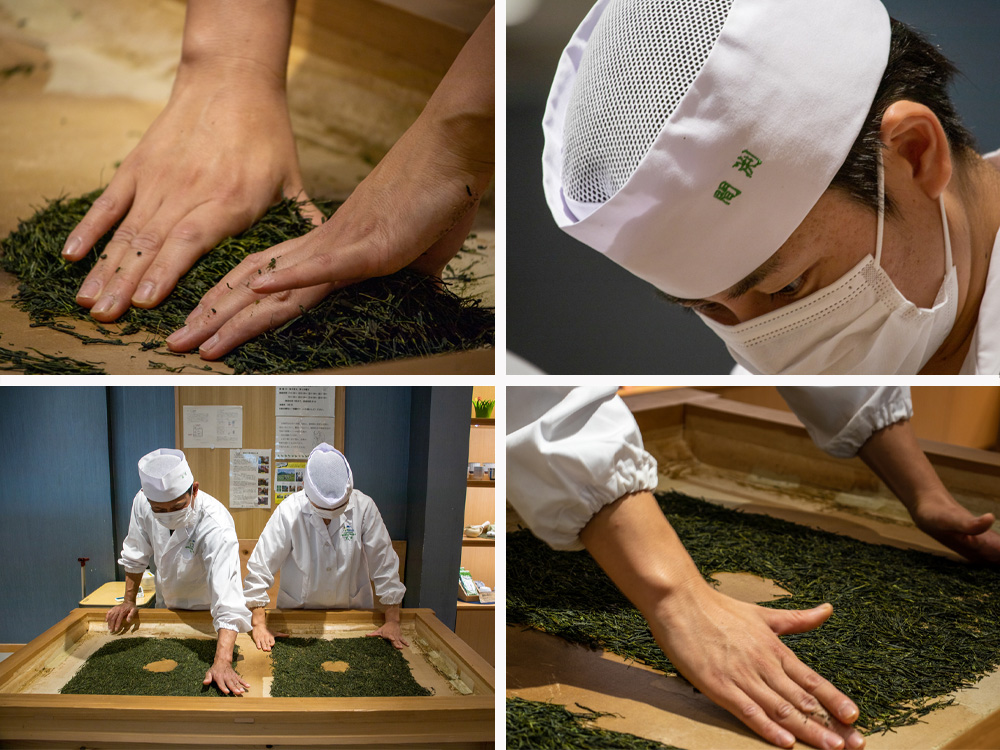
The Evolution of the ‘Henge Tea Master’ from the Legacy of Marumasa Tea Masters to the Future
According to the oldest surviving records, the Mabuchi family has been cultivating their land in Sakabe, Makinohara, since 1826. The earliest references to the business date back to the Meiji period. Diaries and documents of Ichigoro Mabuchi, a tea master from that era, offer insights into the tea industry.
Ichigoro served as president of the local tea cooperative and was a central figure in the regional tea industry. When Ichigoro’s successor, my great-grandfather Masao, took over the tea business, he adopted the trade name ‘Marumasa.’
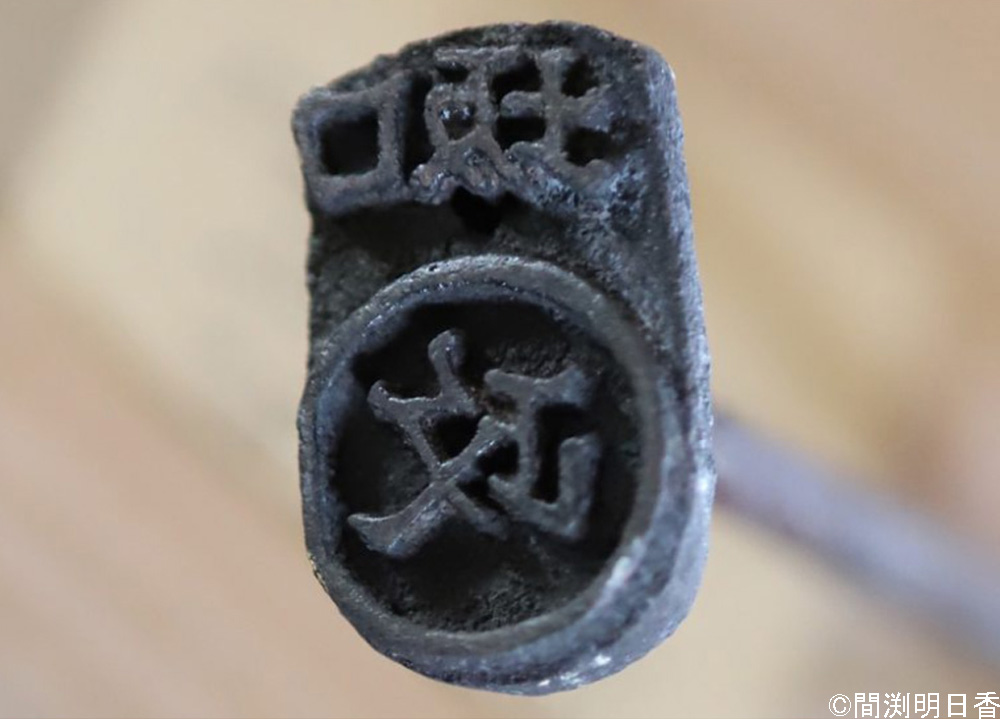 ▲Reviving the Legacy: Reintroducing the ‘Marumasa’ Brand (June 2022)
▲Reviving the Legacy: Reintroducing the ‘Marumasa’ Brand (June 2022)
My great-grandfather, Masao, was deeply devoted to his work during the tea season, rejecting his futon bed to sleep on the porch between tasks. His passion for tea was so profound that, even after his passing, the character for “tea” was added to his posthumous name.
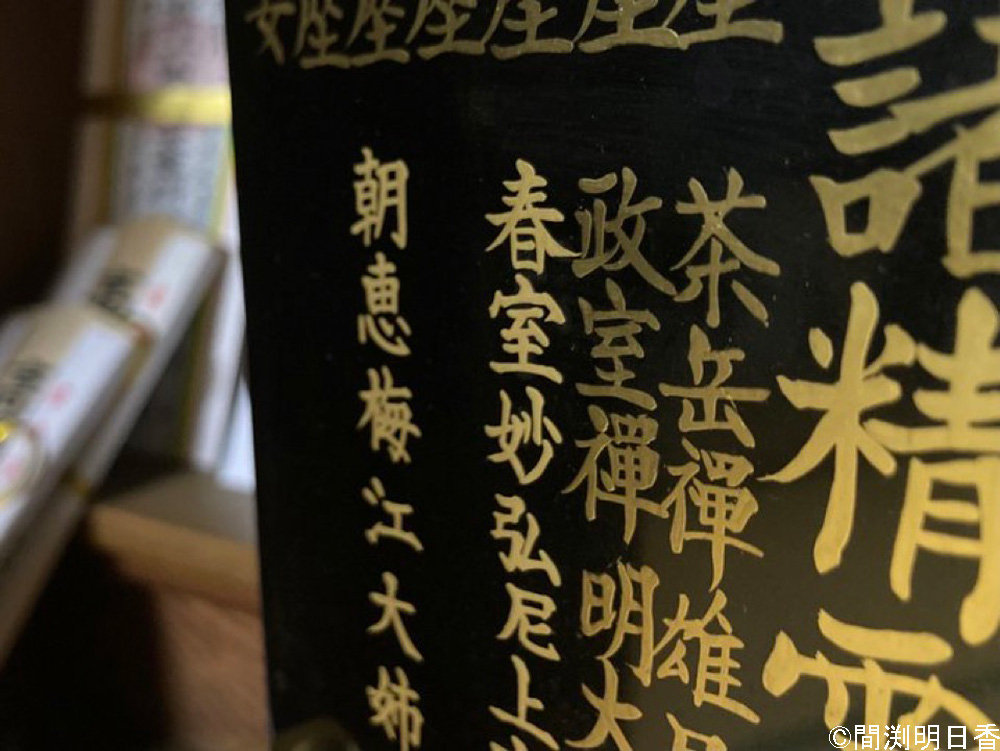 ▲The character for “tea” is included in her great-grandfather’s posthumous name.
▲The character for “tea” is included in her great-grandfather’s posthumous name.
In the early Taisho period (1912-1926), Masao constructed a tea factory known as the ‘Tea Room,’ which still stands today. Unfortunately, the Marumasa tea manufacturing and sales business eventually ceased, and the tea-making machinery was lost.
 ▲Wooden ‘Tea Room’ built in the early Taisho era (1912-1926)
▲Wooden ‘Tea Room’ built in the early Taisho era (1912-1926)
–The Roots of ‘Marumasa’ Trace Back to the Edo Period.
Although the Marumasa name was lost, my grandfather, Toshio, who grew up under Masao’s influence, dedicated himself to tea cultivation and maintained the family’s tea plantation through the generations.
Toshio collaborated with neighboring farmers to cultivate mountainous fields and was actively involved in replanting his own garden. Introducing new tea varieties during the latter half of the Showa period and into the Heisei period has significantly enhanced current tea production.
In 2021, I revitalized the “MARUMASA” brand. Today, as “Henge Tea Master Marumasa,” I am involved in all aspects of tea-making, including fieldwork, production, product planning, and retail sales.
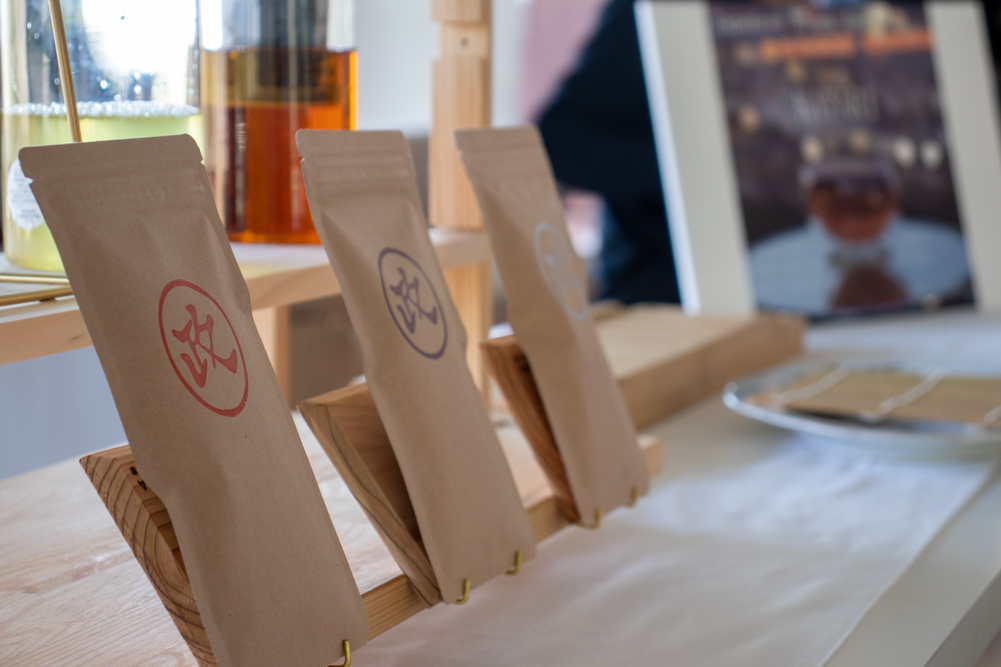
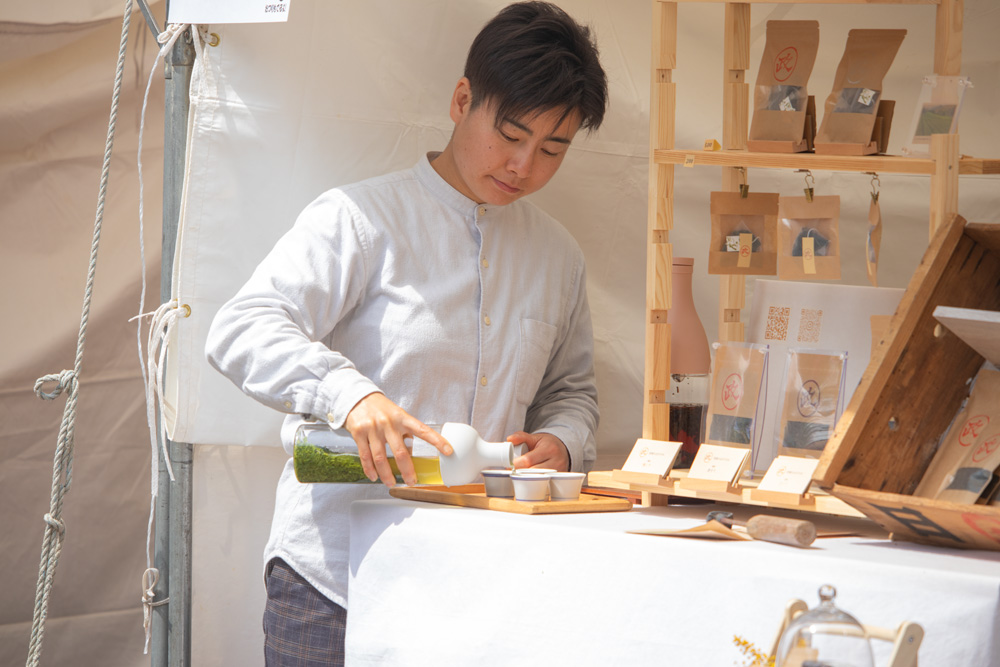
Growth into a “Henge Tea Master” Fueled by Encounters with Numerous Masters
–Ms. Mabuchi, I understand that you are the fifth generation from Ichigoro. If Marumasa was no longer in operation when you entered the tea industry, how did you learn the art of tea making?
My tea knowledge did not come from a tea testing center or my family but from the people within the tea industry.
As a child, I assisted in the fields, and as a young adult, I worked at a tea factory in Kagoshima. Upon returning to Shizuoka, I continued to learn from various experts and tea masters. I have been fortunate to learn from many mentors and have been compared to the founder of Marumasa,
Masao. Some who knew my grandfather even jokingly called me the “reincarnation of your old man.”
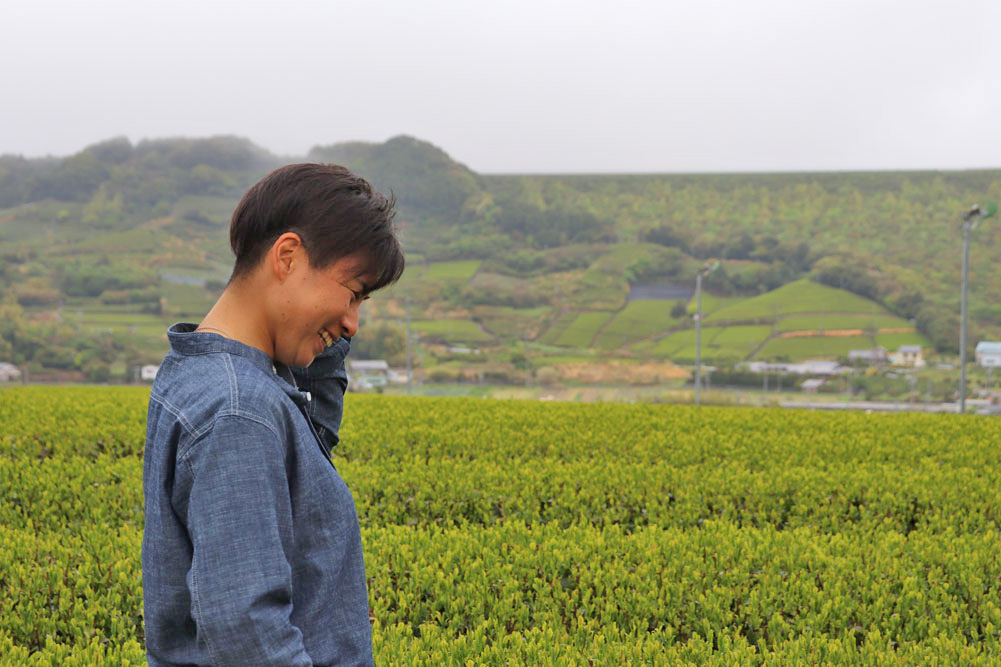
Thanks to my role as “Henge Tea Master Marumasa,” I am increasingly supported by those around me. I am currently honing my skills as a tea master while working as a contract employee for a prominent tea farmer and factory.
–The tea industry today is challenging. Did you have any reservations about entering such a difficult field?
Indeed, the tea industry faces significant challenges. The use of teapots and loose-leaf tea is declining, wholesale tea prices are falling, and abandoned tea gardens are becoming more common. Many people express concern about my decision to enter the tea business.
I increasingly understand the truth behind my mentor’s advice that “tea is best enjoyed as a hobby.”
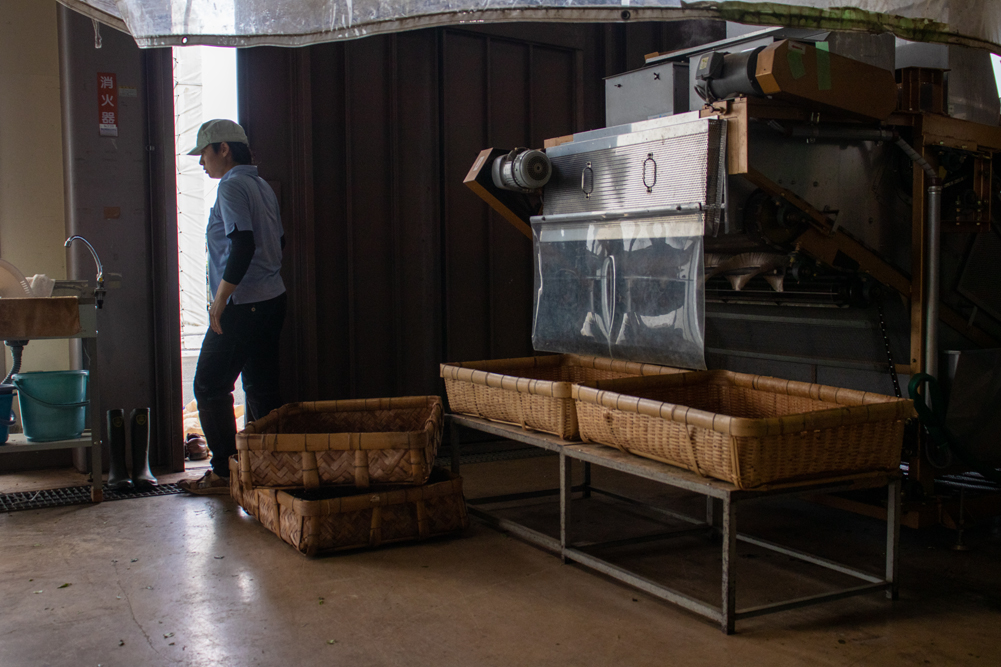
–It is tough to work in the tea industry today.
It is challenging, but only some are pessimistic. As the number of tea industry participants dwindles, those who remain might ultimately thrive.
Some tea farmers we’ve met remain optimistic, saying, “The future of tea is bright. The most important thing now is to persist.” It’s often said that “you can’t make tea just because you like it,” and conversely, “you can’t make tea if you don’t like it.”
All these perspectives reflect the essence of being a tea farmer.

The Journey of a Tea Master Inspired by the Joy of Tea in Daily Life
–When did you decide to become a tea master, Ms. Mabuchi?
I didn’t initially set out to work in the tea industry. After a lengthy detour, I rediscovered my roots in Shizuoka, a renowned tea-producing region.
I lived in Shizuoka until high school and then pursued studies unrelated to tea at a university in Kagoshima. After graduation, I reflected on what I was genuinely suited for and focused on my family’s tea business. I began working at a tea factory in Kagoshima, learning the intricacies of growing, producing, and selling tea.
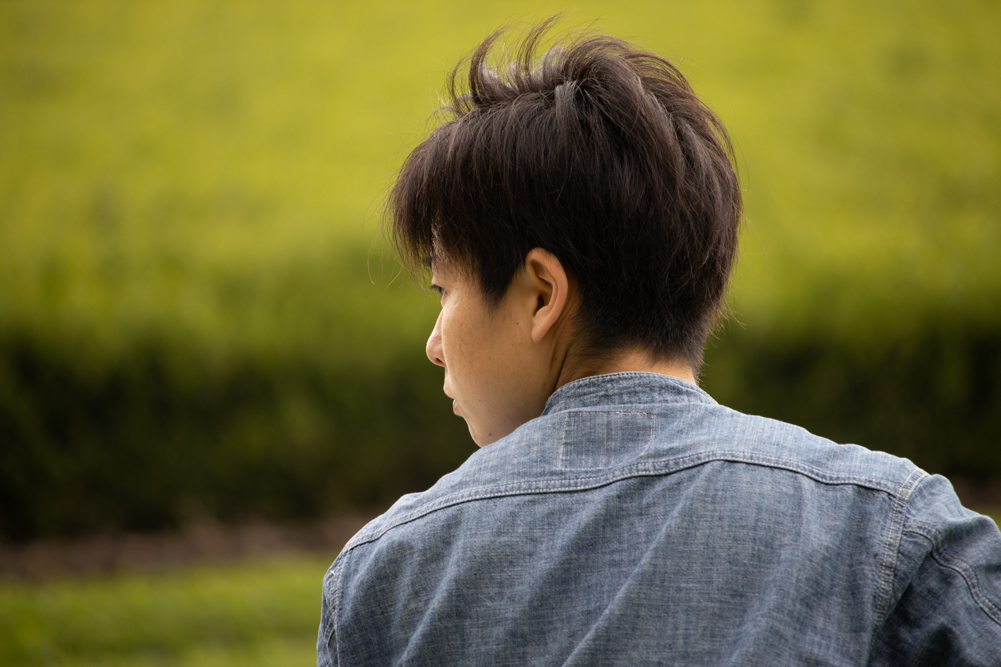
Upon returning to Shizuoka, I found a local tea factory seeking workers. The job aligned with my previous experience in Kagoshima. I took the opportunity and found a deep sense of fulfillment and joy in my connection with tea. That was when I truly began to immerse myself in the world of tea.
–You pursued the tea business independently, not due to pressure from family or others.
Friends often visit and buy tea from me. I wish to hold tea ceremonies and entertain my friends like a tea master, however I still do not know how to do this. Usually, we just chat about our recent experiences and laugh together.

These moments are warm and comforting, with tea at the heart of our gatherings. I valued this simple yet meaningful interaction the most.
Tea is a companion in daily interactions. I am committed to providing tea that is “by people’s side.”
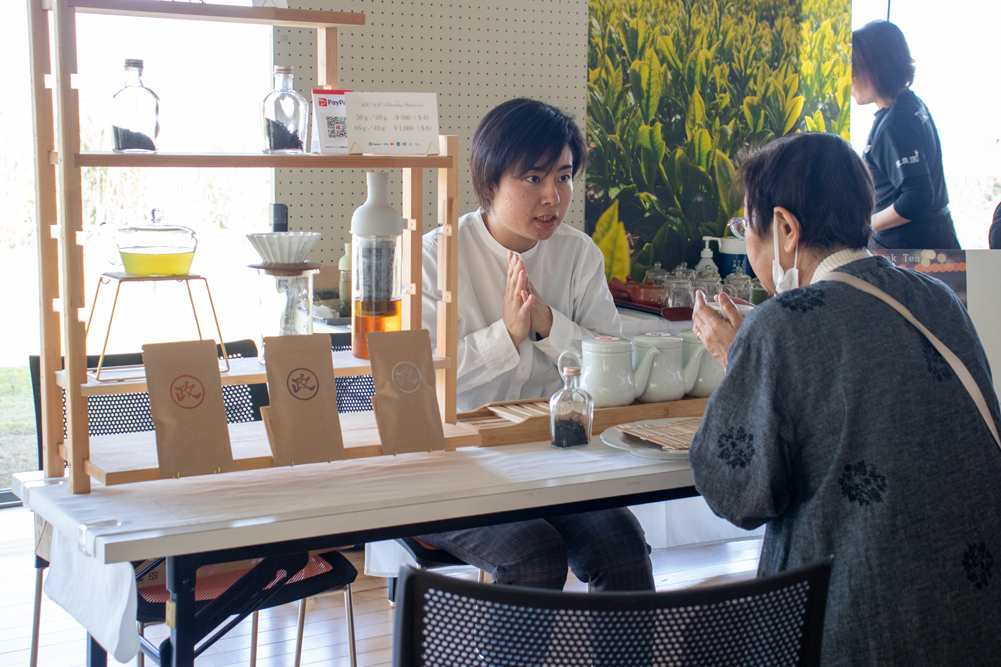
Recommended articles : Yamahiraen Discuss the Essence of Hand-Rolled Tea and Tea to Enrich the Soul【Fuji Tea, Shizuoka Prefecture】
Recommended articles : Suzuki Chaen’s Vision of Green Tea in Everyday Life 【Kawane Tea, Shizuoka Prefecture】
Information of Marumasa
| Address | Never visit without a prior appointment. |
| Web Site | https://chashi-marumasa.shop-pro.jp/ |
| E-money and credit cards | Not Available |
| Open | Contact Matsushimaen |
| Closed | Irregular holidays |
| Parking lot | Available(1 car) |
| Writer | Norikazu Iwamoto |
| Career | Ochatimes chief editer. Meeting with Vice Governor of Shizuoka prefecture. Judge of Shizuoka 100 tea’s award in 2021~24. Ocha Times link introduced at website of World O-CHA(Tea) Festival 2022, Tea Science Center, The City of Green Tea Shizuoka, Ministry of Agriculture, Forestry and Fisheries. |
| English translator | Calfo Joshua |
| Career | Born and raised in England, living in Japan since 2016. Studying arboriculture in Shizuoka Prefecture whilst operating his landscape business Calfo Forestry. Appreciating the nature of Japan and the culture that places such importance in it. |


 Go to Japanese page
Go to Japanese page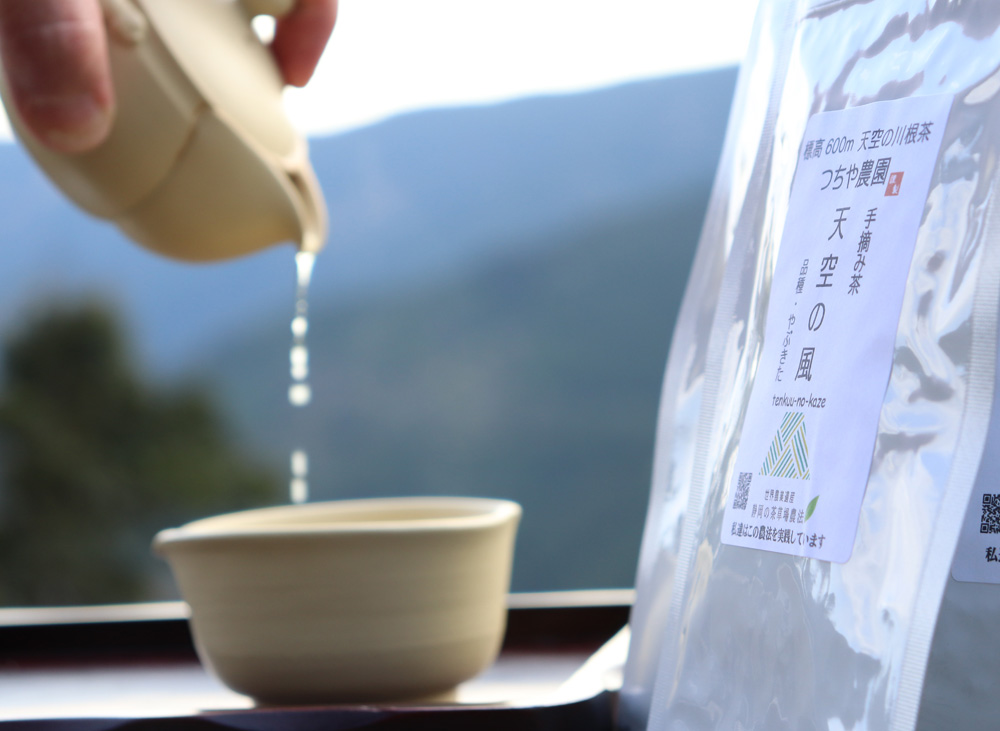
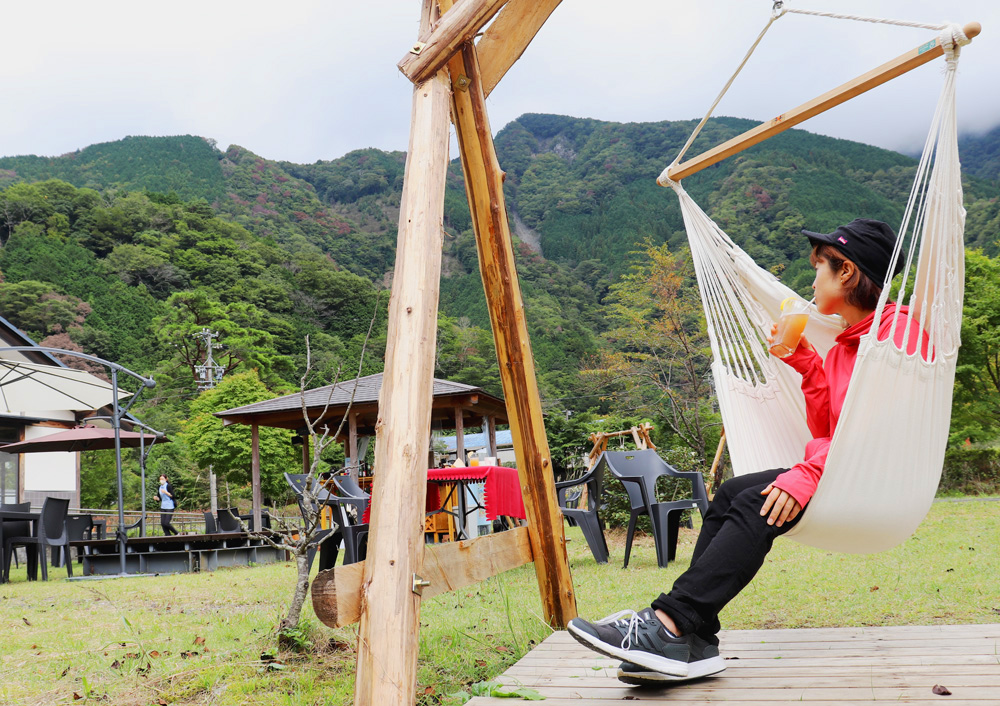
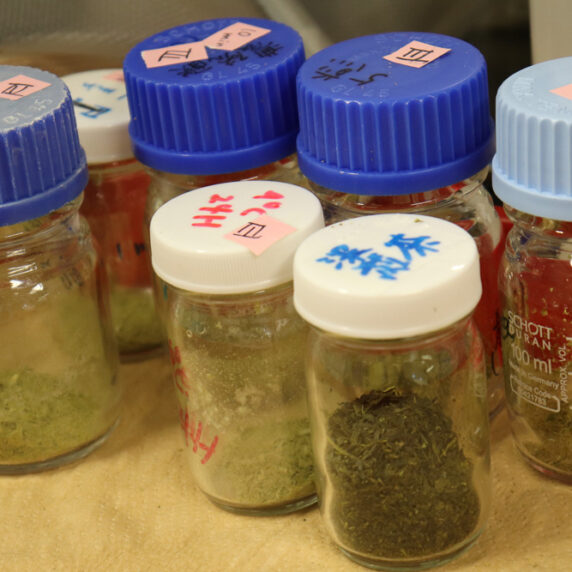




 on the red bar to close the slide.
on the red bar to close the slide. to see the
distance between the current location to the Chaya.
to see the
distance between the current location to the Chaya.